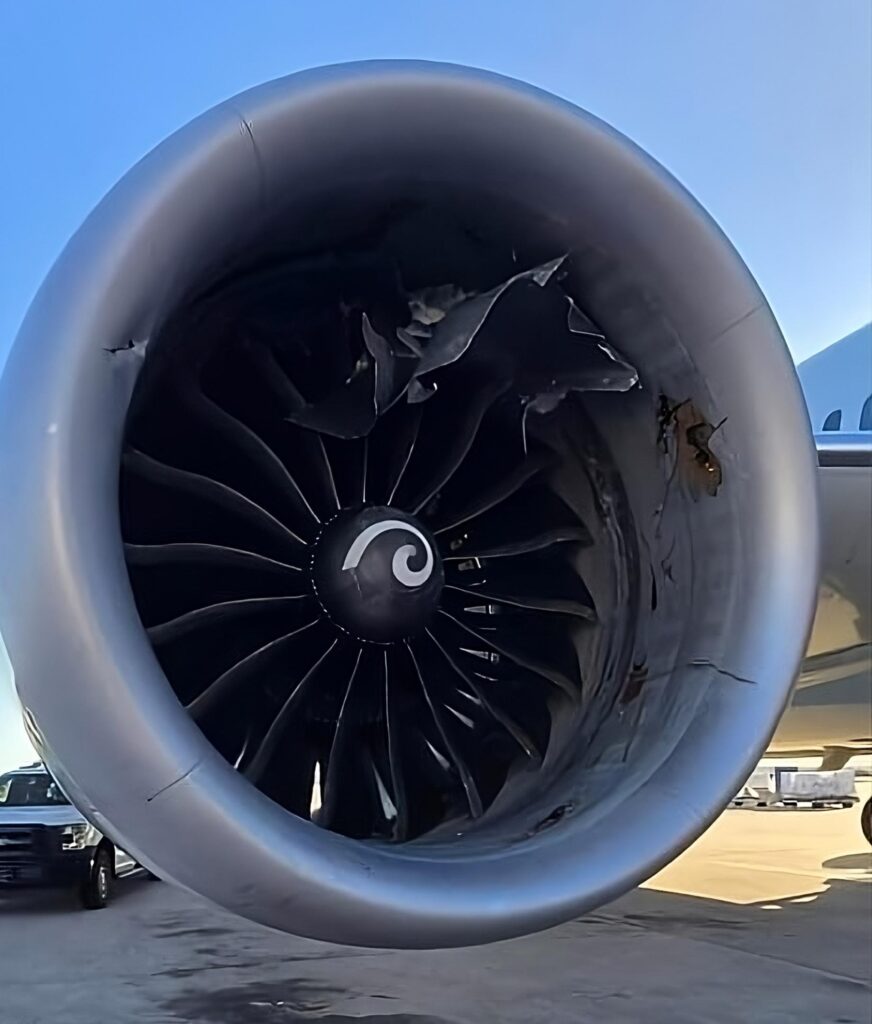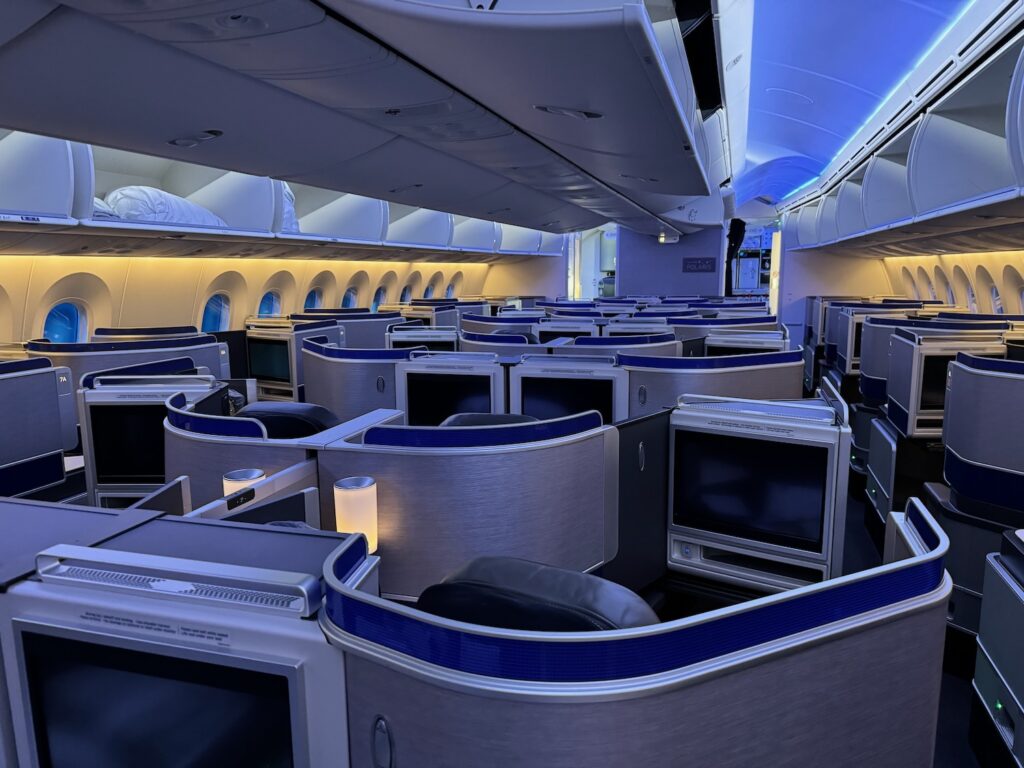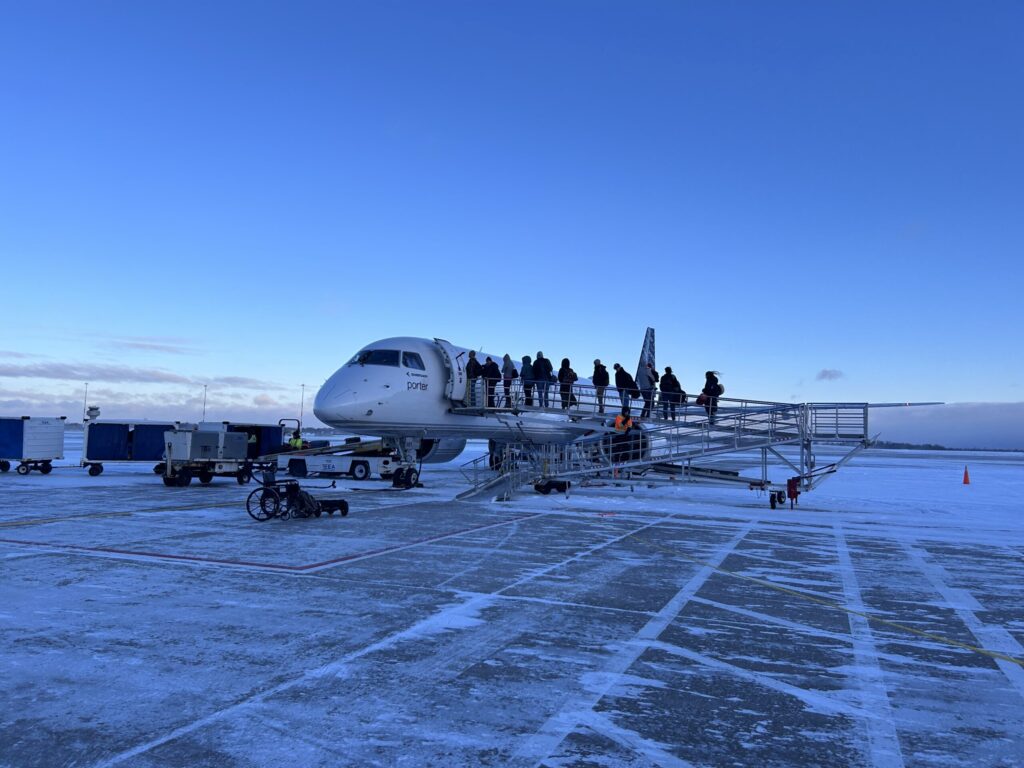Do You Need Compression Socks for Long Flights?
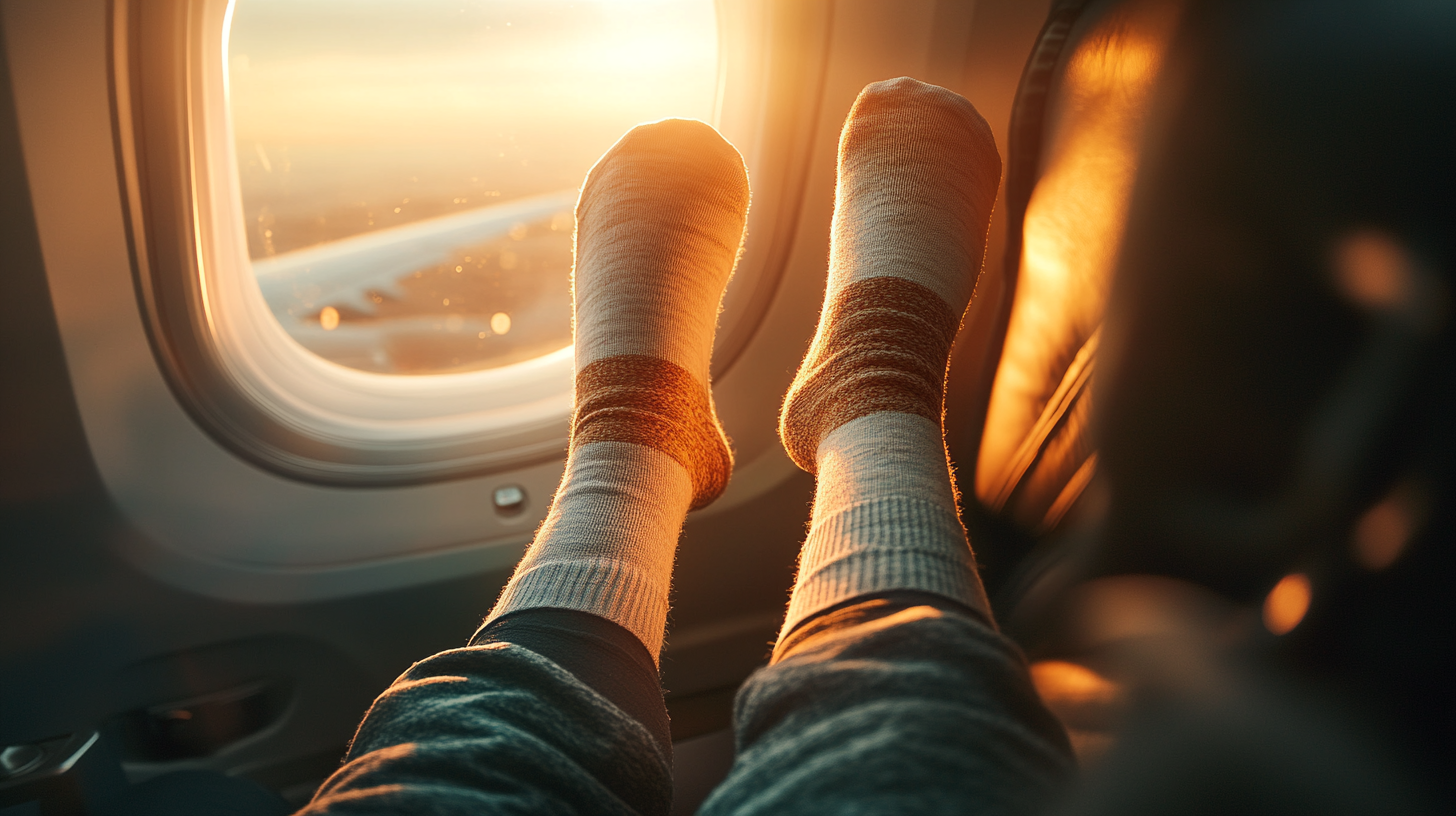
Long flights can be both exciting and exhausting. Whether you’re jetting off for a well-deserved vacation or a crucial business meeting, the journey can take a toll on your body, especially your legs. You’ve probably heard fellow travelers or health experts mention compression socks, but do you really need them for a long-haul flight? In this article, we’ll delve into what compression socks are, their benefits during air travel, and whether they’re a necessity for your next trip.
What Are Compression Socks?
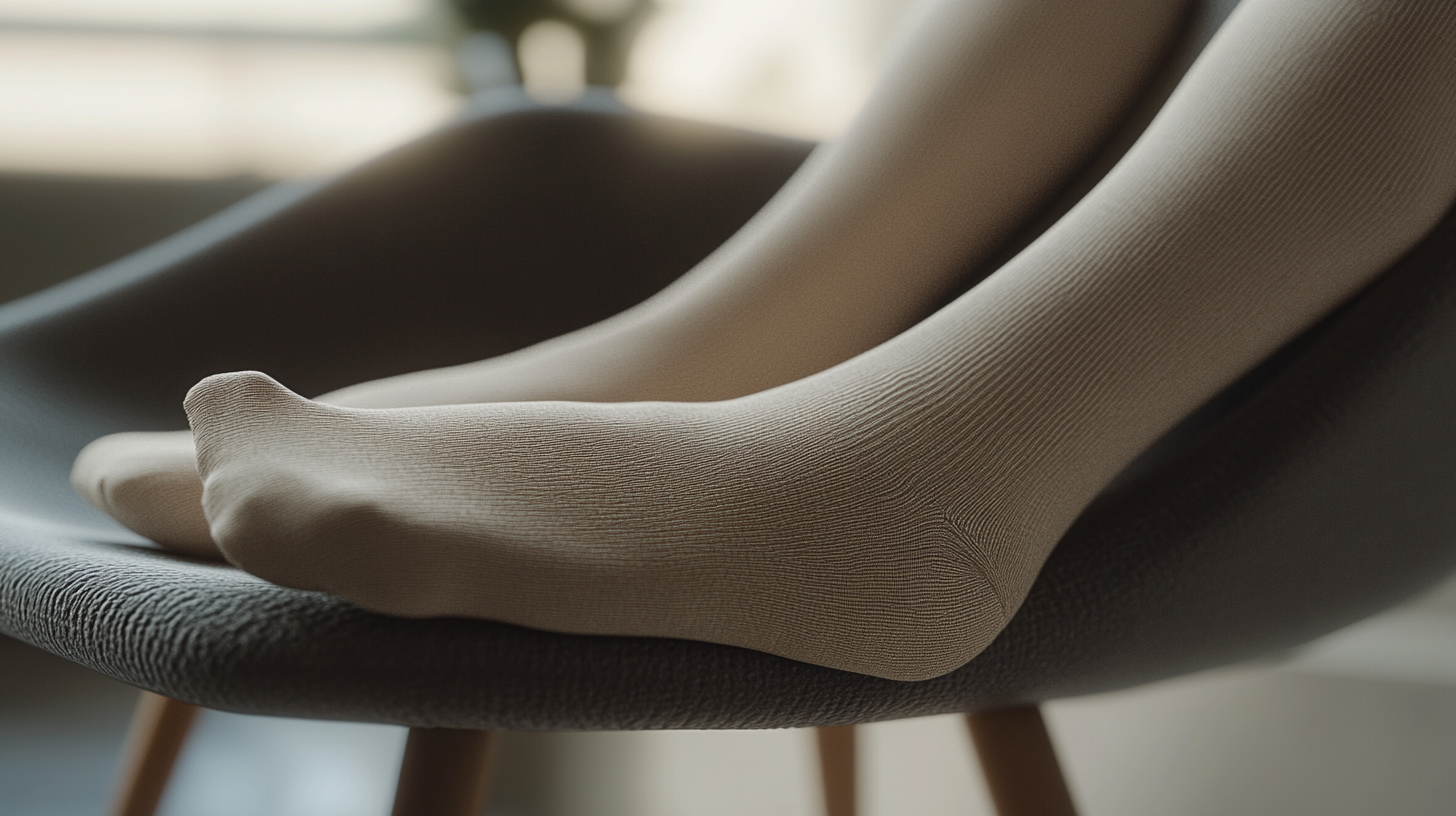
Compression socks, often referred to as flight socks, are specialized hosiery designed to promote better circulation in your legs. They apply gentle pressure to your ankles and calves, helping blood vessels work more efficiently. This can be particularly beneficial during periods of prolonged inactivity, such as during a long flight.
The socks are made from elastic materials that provide graduated compression, meaning the pressure is strongest at the ankle and gradually decreases up the leg. This design helps prevent blood from pooling in the lower extremities and reduces the risk of swelling and discomfort.
Compression socks come in various levels of pressure, measured in millimeters of mercury (mmHg). It’s essential to choose the right compression level for your needs, which we’ll discuss later in this article.
Understanding the mechanics of compression socks is the first step in determining whether they’re right for your next long-haul flight.
The Benefits of Wearing Compression Socks on Long Flights
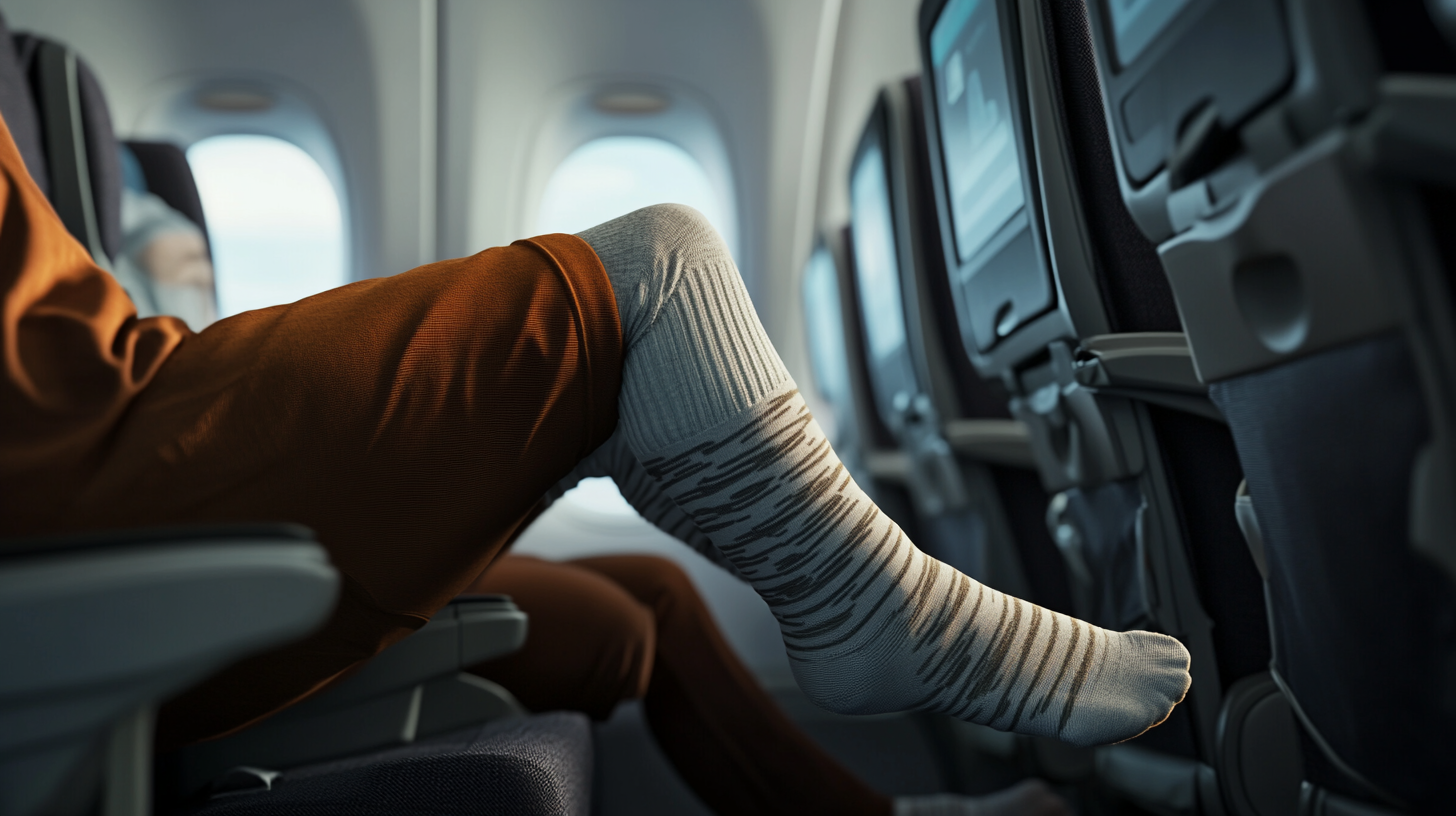
One of the primary concerns during long flights is the risk of developing Deep Vein Thrombosis (DVT), a condition where blood clots form in deep veins, usually in the legs. Extended periods of immobility can increase this risk. According to the Centers for Disease Control and Prevention (CDC), flying for more than four hours may increase the risk of DVT and pulmonary embolism.
Compression socks can significantly mitigate this risk by enhancing blood circulation. The gentle pressure helps veins return blood to the heart more efficiently, reducing the likelihood of clot formation. For travelers prone to leg swelling or those with pre-existing conditions, this can make a substantial difference in comfort and safety.
Moreover, wearing compression socks can alleviate the feeling of tired and achy legs. They can reduce fluid buildup and prevent the unpleasant sensation of heavy legs after disembarking from a flight.
For many, the question isn’t just about preventing serious health issues but also about enhancing overall travel comfort. Compression socks can be a simple addition to your travel attire that yields significant benefits.
Potential Risks and Considerations

While compression socks offer numerous benefits, they aren’t suitable for everyone. It’s crucial to consider any underlying health conditions before deciding to wear them. For instance, individuals with arterial disease, skin infections, or certain types of dermatitis should avoid compression garments unless advised by a healthcare professional.
Improper use of compression socks can also lead to complications. Wearing socks that are too tight or not fitted correctly can cause discomfort, numbness, or even cut off circulation, leading to more severe issues. It’s essential to select the right size and compression level, which often involves measuring your legs accurately. The Mayo Clinic Store provides a comprehensive guide on how to measure for compression stockings.
Another consideration is the quality of the socks. Not all compression socks are created equal. Investing in high-quality socks from reputable brands can ensure they provide the intended benefits without adverse effects. Cheaper alternatives may not offer proper compression levels or may wear out quickly.
Consulting with a healthcare provider before your flight can provide personalized advice, especially if you have medical concerns or are planning to use compression socks for the first time.
Who Should Consider Wearing Compression Socks?
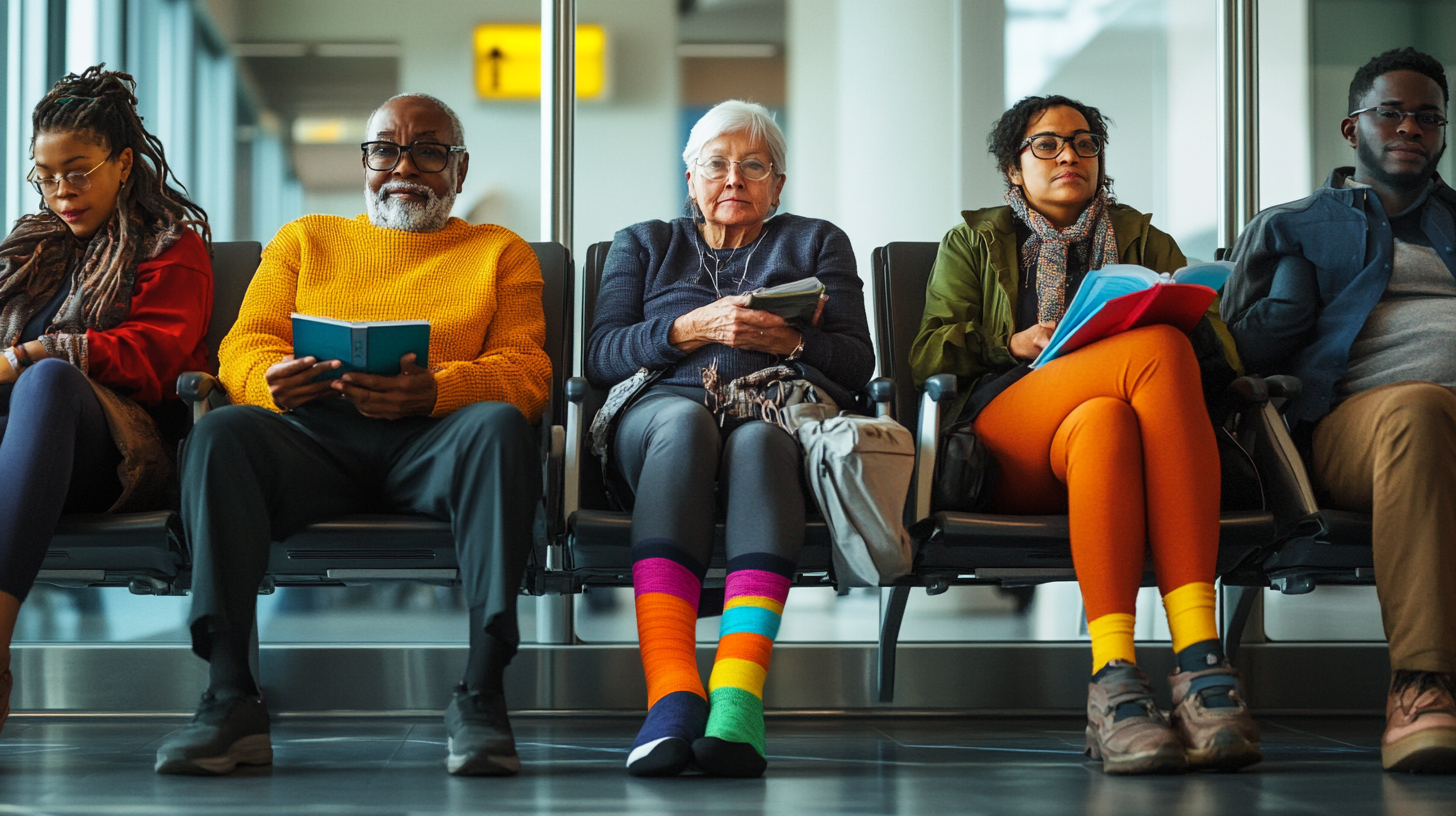
Compression socks can be beneficial for a wide range of travelers. Those with a history of circulatory issues, such as varicose veins or previous instances of DVT, are often advised to wear them during extended periods of inactivity. Pregnant women, who are at an increased risk of blood clots, may also find them helpful during air travel.
Even if you don’t have existing health conditions, you might still consider compression socks if you experience leg swelling during flights. Athletes and individuals who prioritize travel health may include them as part of their regular travel gear to enhance recovery and comfort.
Elderly travelers often benefit from the added support compression socks provide. As mobility can be limited during flights, the socks assist in maintaining proper blood flow, reducing the risk of complications upon arrival.
Ultimately, if you’re embarking on a long flight and are concerned about leg discomfort or health risks associated with prolonged sitting, compression socks could be a worthwhile consideration.
Tips for Choosing and Using Compression Socks
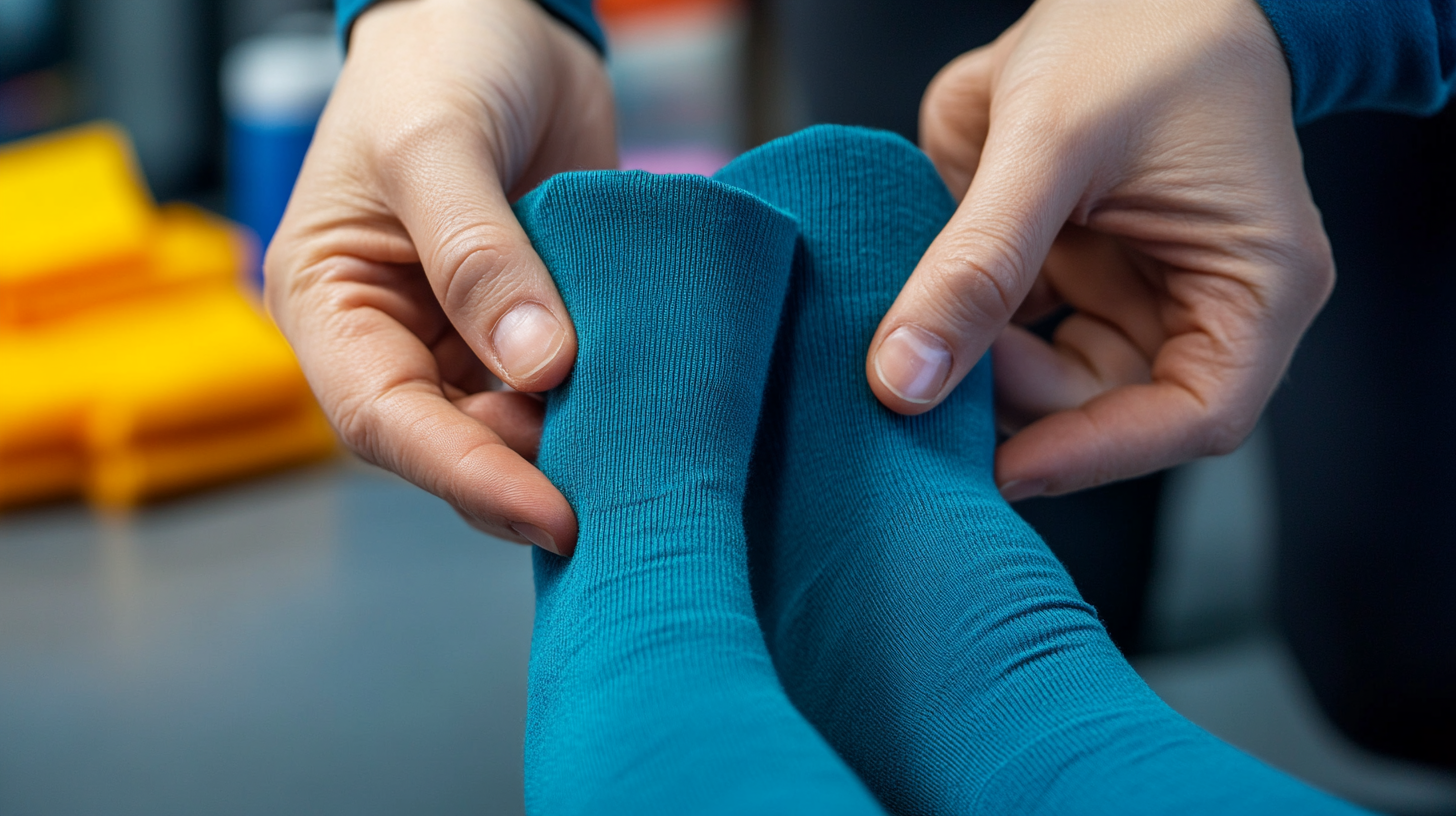
Selecting the right compression socks involves considering several factors, including compression level, size, and material. Compression levels typically range from mild (8-15 mmHg) to extra firm (30-40 mmHg). For air travel, a moderate compression level (15-20 mmHg) is often recommended, but you should consult a healthcare professional for personalized advice.
Proper sizing is crucial for effectiveness and comfort. Measurements of your ankle, calf, and sometimes thigh are needed to find the correct fit. Many brands provide sizing charts to guide you through the process. For example, LegSmart offers detailed instructions on how to measure your legs accurately.
The material of the socks affects breathability and comfort. Look for socks made of moisture-wicking fabrics, especially if you tend to wear them for extended periods. This helps prevent skin irritation and keeps your legs comfortable throughout the flight.
When putting on compression socks, it’s best to do so first thing in the morning when swelling is minimal. Smooth out any wrinkles or folds to ensure even compression. The Mayo Clinic recommends ensuring that seams run straight up the leg and avoiding folding the top of the stocking down, as this can cause increased pressure in that area.
To assist in putting on compression socks, consider using a device called a stocking donner, which can be particularly helpful if you have difficulty bending or reaching your feet. Additionally, wearing rubber gloves can provide a better grip on the fabric, making the process easier. For a step-by-step guide, refer to this resource on how to put on compression stockings.
It’s important to wear the socks throughout the duration of your flight and remove them at the end of the day or as advised by your healthcare provider. Regularly inspect your legs and feet for any signs of irritation or discomfort, and consult a healthcare professional if you experience any issues.
Are Compression Socks Right for Your Next Flight?

Compression socks can be a valuable addition to your travel routine, particularly for long flights where immobility poses health risks. They offer benefits ranging from reducing leg swelling and discomfort to lowering the risk of serious conditions like DVT. However, they’re not a one-size-fits-all solution, and it’s essential to consider your individual health needs.
If you’re contemplating whether to use compression socks on your next journey, weigh the potential benefits against any risks. Consult with a healthcare professional to make an informed decision tailored to your circumstances.
Ultimately, prioritizing your comfort and health can make your travel experience more enjoyable. Compression socks are just one tool among many to help you arrive at your destination feeling your best.
Have you tried wearing compression socks during a flight? Share your experiences in the comments below, and don’t forget to follow us back to BoardingArea to make your journey smoother.




















